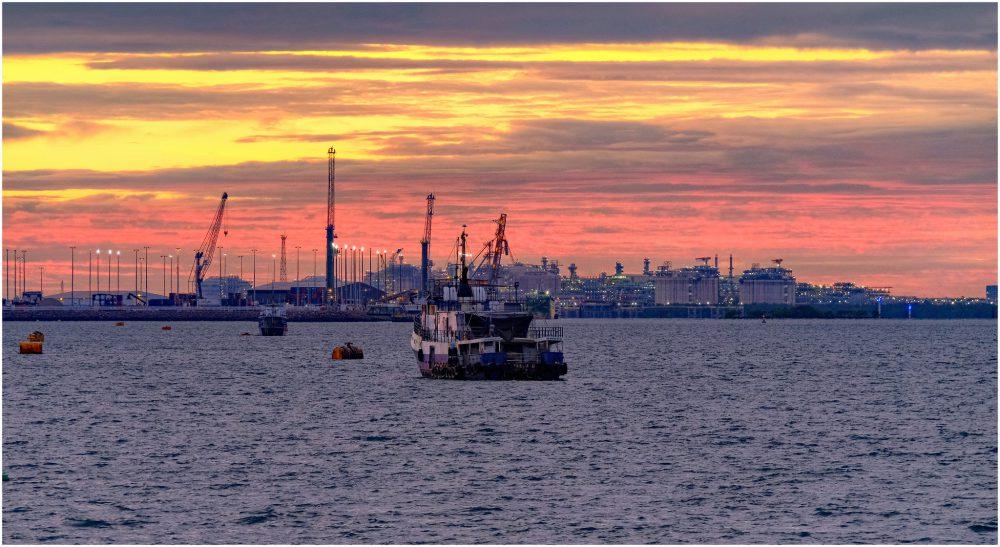
In terms of Australia’s first, and primary, strategic defence objective—‘to deter, deny and defeat any attempt by a hostile country or non-state actor to attack, threaten or coerce Australia’—it seems that Paul Dibb’s 1986 review of defence capabilities was prophetic. Dibb’s assessment is as accurate now as it was 32 years ago: ‘There are risks inherent in our strategic environment that could pose difficult problems for the nation’s defence.’
Today, however, the time frame for change is much shorter. Over the past three decades, many of the factors that have shaped the assumptions of our ‘defence of Australia’ strategies have changed substantially, and often deteriorated.
In 1986, Australia was a long way from the global conflicts of the day. Of course, Russia made efforts to bring superpower competition to our region—with its presence in the Pacific and Cam Ranh Bay, Vietnam—but failed. The Cold War between Russia and the US also fostered a comforting alliance of necessity between China and the West that lasted until the fall of the Berlin Wall. Australia now finds competition and potentially conflict far closer to home, especially in the South China Sea.
While Russia was declining, China was rising. In 1990, China’s GDP was estimated at US$390 billion; in 2016, it was more than 30 times that amount (US$11,779 billion). In 1989, less than 5% of Australia’s exports were destined for China. By 2015, the proportion had grown to almost 30%, making China our number one trading partner.
With its new-found wealth, China has been investing widely in its Belt and Road Initiative, creating new levels of maritime, air and land connectivity. All the while, it has been increasing, and very often asserting, its influence across the Asia–Pacific and Indo-Pacific.
Over the past decade, the defence technology advantages in the region that Australia once enjoyed have rapidly eroded. China continues to reform, build and modernise its military, and it isn’t the only one in our region doing so. Chinese efforts have also been backed by an ambitious research and development program.
Australia’s north has changed, too. In 1986, the Northern Territory had a population of 155,000; today it’s 247,000. Northern Australia’s contribution to our economy is also rising. It is a major exporter of commodities ranging from gold to gas. According to Deloitte Access Economics, northern jurisdictions will account for nearly 42% of the Australian economy by 2040, up from 35% in 2011. The Northern Territory’s LNG projects alone supply more than 10% of Japan’s annual global gas imports. Arguably, infrastructure investment in the north hasn’t always kept pace with this growth, which could in time affect future growth opportunities and national security.
The emphasis on ‘self-reliance’ in the 1987 defence white paper likely reflected the author’s wariness of abandonment by our key allies. The UK’s military withdrawal from Southeast Asia in 1967, US President Richard Nixon’s 1969 Guam Doctrine and the fall of South Vietnam loomed as large in defence strategists’ minds then as the likely impacts of the Trump administration’s ‘America First’ policy do today. Although the Australian Defence Force’s presence in the north has increased, and further investments were foreshadowed in the 2016 defence white paper, the less favourable strategic circumstances still require new thinking.
Traditional national security threats have intensified over recent years and non-traditional ones have broadened. Transnational serious and organised crime in the maritime domain (including illegal, unreported and unregulated fishing; piracy; and trafficking of weapons, drugs and people), terrorism and an increasingly assertive Chinese maritime strategy are generating further security complexity.
In the 1980s, official strategic guidance indicated that our defence planners would have ‘at least 10 years’ warning of a substantial military threat’. That’s clearly no longer the case. The 2016 defence white paper set a firm foundation for developing Australia’s future defence capabilities; however, its projections of our strategic circumstances now look like wishful thinking. In 2019, Australia’s strategic outlook appears to be far more uncertain and susceptible to rapid changes with short warning.
Northern Australia’s dispersed critical infrastructure and primary resources remain vulnerable to traditional and non-traditional national security threats. Modern weapon systems put these resources within striking distance of conventional weapons, and they’re also susceptible to hybrid warfare strategies like that used by Russia in Ukraine.
While Australia has a long-term defence capability plan, we need to continue to test our assumptions about the defence of northern Australia and the north’s significance to national security.
In response to these changes, and with the support of the Northern Territory government, ASPI is establishing its latest research program, ‘The north and Australia’s security’. The program will provide a sustained research focus on the security of Australia’s north and the north’s critical role in contributing to the broader security of Australia. The program will concentrate on:
- maintaining a strong public policy focus on the role of the north in the broader security of Australia at a time when strategic circumstances are driving new policy thinking in Canberra
- developing a modernised way of thinking about the north and security by updating strategic frameworks that remain anchored in the 1980s ‘defence of Australia’ context
- situating the north in a broader discussion about national security interests beyond defence—encompassing home affairs, border security and customs, space, cybersecurity, humanitarian and disaster response, biosecurity and energy security.